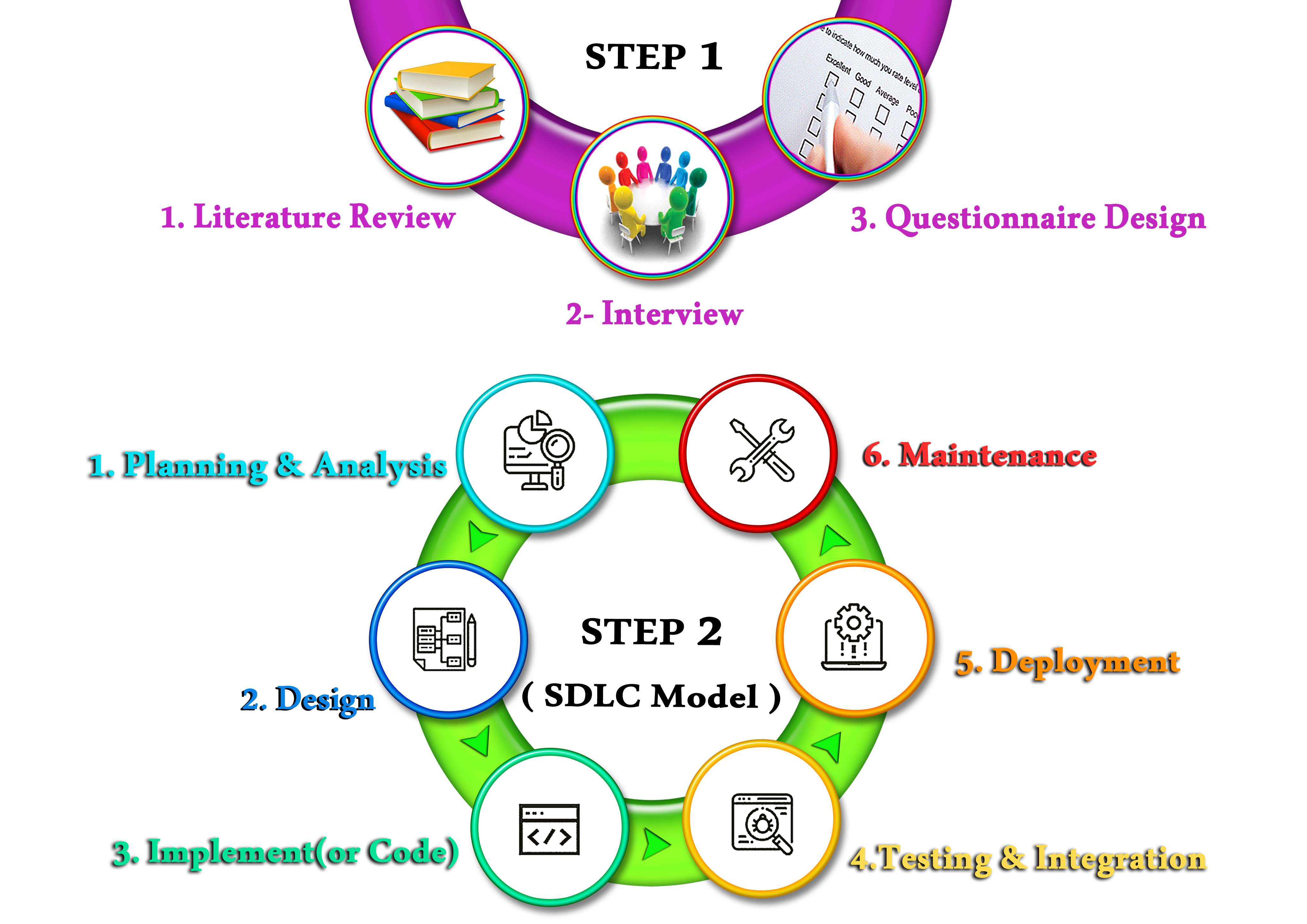Volume 12, Issue 1 (3-2022)
J Health Saf Work 2022, 12(1): 82-98 |
Back to browse issues page
Download citation:
BibTeX | RIS | EndNote | Medlars | ProCite | Reference Manager | RefWorks
Send citation to:



BibTeX | RIS | EndNote | Medlars | ProCite | Reference Manager | RefWorks
Send citation to:
Mousavi S M, Karimi A, Zakeriyan S A, Mehravar M. Producing and Introducing a Computer Software for Evaluating Performance of Permit to Work System in the Process Industries. J Health Saf Work 2022; 12 (1) :82-98
URL: http://jhsw.tums.ac.ir/article-1-6635-en.html
URL: http://jhsw.tums.ac.ir/article-1-6635-en.html
1- Department of Occupational Health Engineering, School of Public Health, Tehran University of Medical Sciences, Tehran, Iran
2- Department of Occupational Health Engineering, School of Public Health, Tehran University of Medical Sciences, Tehran, Iran ,a_karimi@sina.tums.ac.ir
3- Department of Health Information Management and Medical Informatics, Faculty of Paramedical Sciences, Tehran University of Medical Sciences, Tehran, Iran
2- Department of Occupational Health Engineering, School of Public Health, Tehran University of Medical Sciences, Tehran, Iran ,
3- Department of Health Information Management and Medical Informatics, Faculty of Paramedical Sciences, Tehran University of Medical Sciences, Tehran, Iran
Abstract: (1742 Views)
Introduction: Permit-to-work system (PTW) system is a documented system to control the activities with inherent risks and probability of accident occurrence. To inform the performance and efficiency of a system, it must be periodically monitored and evaluated, and the permit to work system is no exception of this principle. The aim of the present study was to design and develop software for evaluating the performance of the PTW system.
Material and Methods: This study included two main stages. At the first stage, based on the literature review and interview to the academic and industrial experts, the PTW questionnaire for evaluating the performance was created. The second stage involved the design and implementation of an initial version of a software and the investigation of its usability. Designing the software was performed using system development life cycle (SDLC). The usability of this software was evaluated by Think -Aloud method. Finally, the users’ satisfaction was measured using the Questionnaire for User Interface Satisfaction (QUIS) questionnaire.
Results: Based on the results of the QUIS questionnaire, the overall satisfaction of the designed software was 7.71 in a nine-point scale. The scores of the software performance, display and user interface features, software terminology and information, learning, and overall system capabilities were obtained as 7.58, 7.37, 7.75, 8.11, and 7.74, respectively. Also, the outputs of the excel and SPSS software were in accordance with those of designed software, which show the reliability of the outputs of the designed software.
Conclusion: The designed software facilitate the proper and systematic analysis and it is flexible to evaluate the PTW system and represent types of reports in predefined structures that can be a useful tool in the process industries such as oil and petrochemical refineries and other similar industries.
Material and Methods: This study included two main stages. At the first stage, based on the literature review and interview to the academic and industrial experts, the PTW questionnaire for evaluating the performance was created. The second stage involved the design and implementation of an initial version of a software and the investigation of its usability. Designing the software was performed using system development life cycle (SDLC). The usability of this software was evaluated by Think -Aloud method. Finally, the users’ satisfaction was measured using the Questionnaire for User Interface Satisfaction (QUIS) questionnaire.
Results: Based on the results of the QUIS questionnaire, the overall satisfaction of the designed software was 7.71 in a nine-point scale. The scores of the software performance, display and user interface features, software terminology and information, learning, and overall system capabilities were obtained as 7.58, 7.37, 7.75, 8.11, and 7.74, respectively. Also, the outputs of the excel and SPSS software were in accordance with those of designed software, which show the reliability of the outputs of the designed software.
Conclusion: The designed software facilitate the proper and systematic analysis and it is flexible to evaluate the PTW system and represent types of reports in predefined structures that can be a useful tool in the process industries such as oil and petrochemical refineries and other similar industries.
Type of Study: Research |
Received: 2022/03/6 | Accepted: 2022/03/30 | Published: 2022/03/30
Received: 2022/03/6 | Accepted: 2022/03/30 | Published: 2022/03/30
Send email to the article author
| Rights and permissions | |
 |
This work is licensed under a Creative Commons Attribution-NonCommercial 4.0 International License. |







